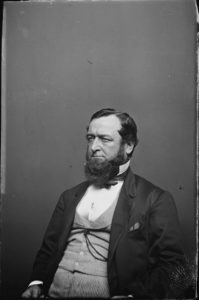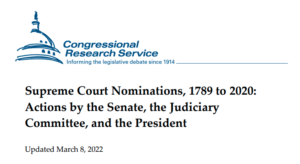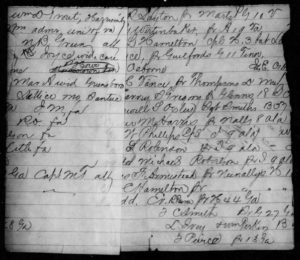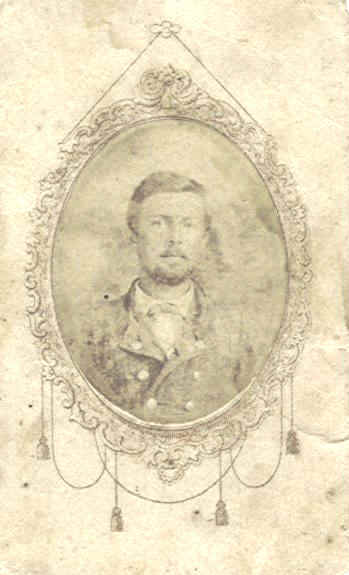Charles Russel Train (c. 1860)
28 October 2022
This formal portrait by Mathew Brady is of then-Congressman Charles Russell Train of Massachusetts. He was elected to his second term in March 1861 to serve to March 1863, but left Washington in early September 1862 with a Volunteer Captain’s commission on the staff of Brigadier General George H Gordon, a brigade commander in the Twelfth Army Corps – headed for Antietam.
He resigned that commission and returned to Massachusetts politics and his law practice soon after the Maryland Campaign, in November 1862.
An interesting note on his résumé is that he declined a nomination from President Millard Fillmore in 1852 to be an Associate Justice on the US Supreme Court. It turns out that, even after submitting 3 nominees to the US Senate in 1852 and 1853, President Fillmore failed to fill the seat. Franklin Pierce, his successor of the other party, had his nominee John A. Campbell confirmed within 3 weeks of his inauguration in March 1853.
Perhaps Train knew something of his chances when making his decision.
The history of Supreme Court nominations and executive and legislative action or inaction on them is fascinating. For a complete rundown, see this lovely document:
___________________
Notes
Congressman Train’s photograph is online and is from the Brady-Handy photograph collection, Library of Congress, Prints and Photographs Division.
The Congressional Research Service’s Supreme Court Nominations, 1789 to 2020 was posted online by the Federation of American Scientists in 2022.
Claim Agents of Georgia at Richmond (1862-)
25 October 2022
Thousands of Georgia soldiers died during the war, and at least two Georgia lawyers left the state and set up shop in Richmond, VA to help families back home collect the final pay and allowances due these men – serving as Claim Agents dealing with the bureaucracy of the Confederate government.
If you spend any time in the Compiled Service Records of Georgia troops you’ll see their names. A lot. They are H C Barrow and W A Walton.
Henry Columbus (or Clay) Barrow (1837-1918) was a 22 year old lawyer in 1860, living on the Gideon Barnes’ plantation at Zebulon, Pike County, GA along with other young, single professionals. He married in 1861.
Once in Richmond, certainly by 1862, he had a lot of business. I found these pages – Barrow’s notes about his clients or prospects, I think – in the Compiled Service Record jacket of one such client, Private James Irvin of Company A, 13th Georgia, who died of fever in Culpeper, VA in October 1862. I expect they arrived in Irvin’s file by accident, or on the backs of other documents.
William Augustus Walton (1822-1882) was admitted to the bar in 1842 and was an attorney in Augusta, GA immediately before the war, married, with 4 small children.
He represented families in claims on the CS government as early as 1862 and by March 1864 was agent for the Georgia Relief and Hospital Association in Richmond. Here’s a sample from the form used by Frances H Pool, widow of Private James J. Pool of the 13th Georgia who died, probably of kidney disease, in January 1864.
How’s this for an interesting relationship: 3 doors down from Walton in Augusta, GA in the 1860 US Census is the home of US Army Captain Lafayette McLaws. McLaws, of course, commanded a Division at Sharpsburg.
Lawyer Walton is listed as trustee for an Annie Butler living at McLaws’ address, perhaps a relative or ward of McLaws? There are no nearby Butlers in his family tree.
S.W. Greening (1860)
24 October 2022
This fine photograph is of Swepson Whitehead Greening and, according to a pencilled note on the back, was taken in May 1860.
At that time he was a 20 year old druggist in Mansfield, De Soto Parish, Louisiana.
About a year later he enlisted in the 2nd Louisiana Infantry in New Orleans. He was detailed and left behind at Sharpsburg to tend to the regiment’s wounded, was captured and exchanged, and had later home defense service as a 2nd Lieutenant in the De Soto Militia.
This photograph was posted online by Sadie Greening Sparks in October 2000.






